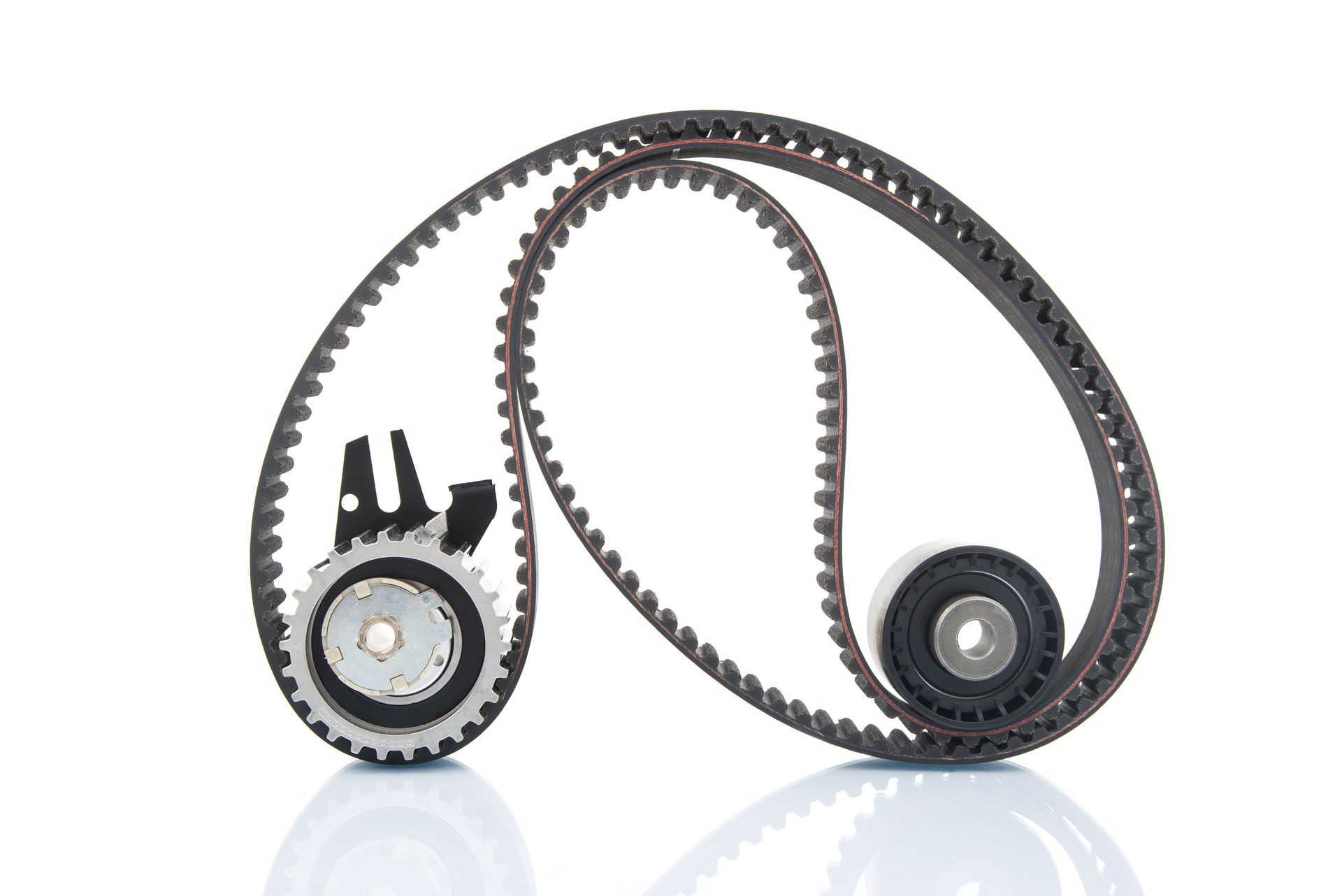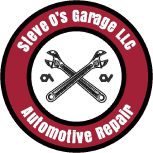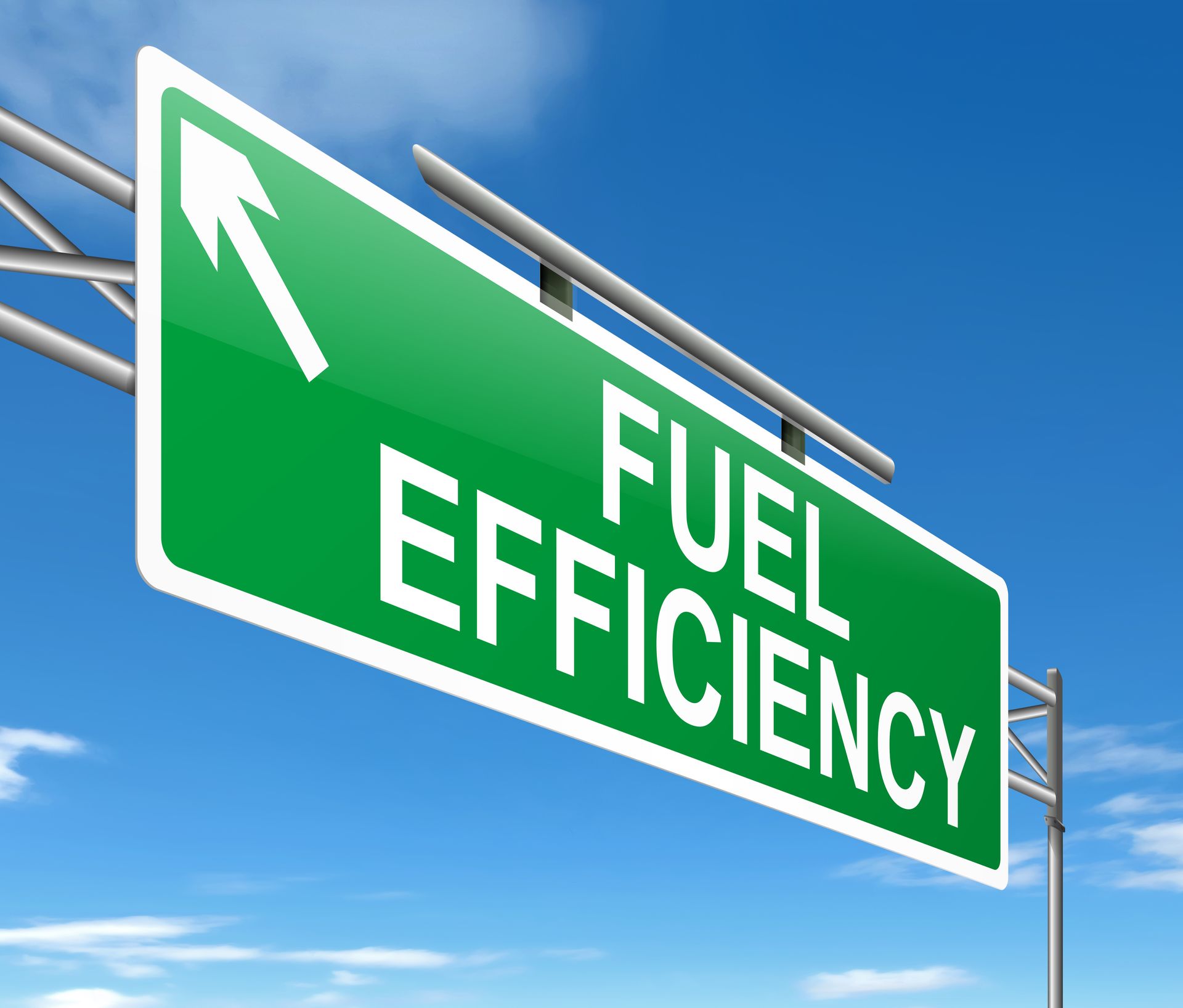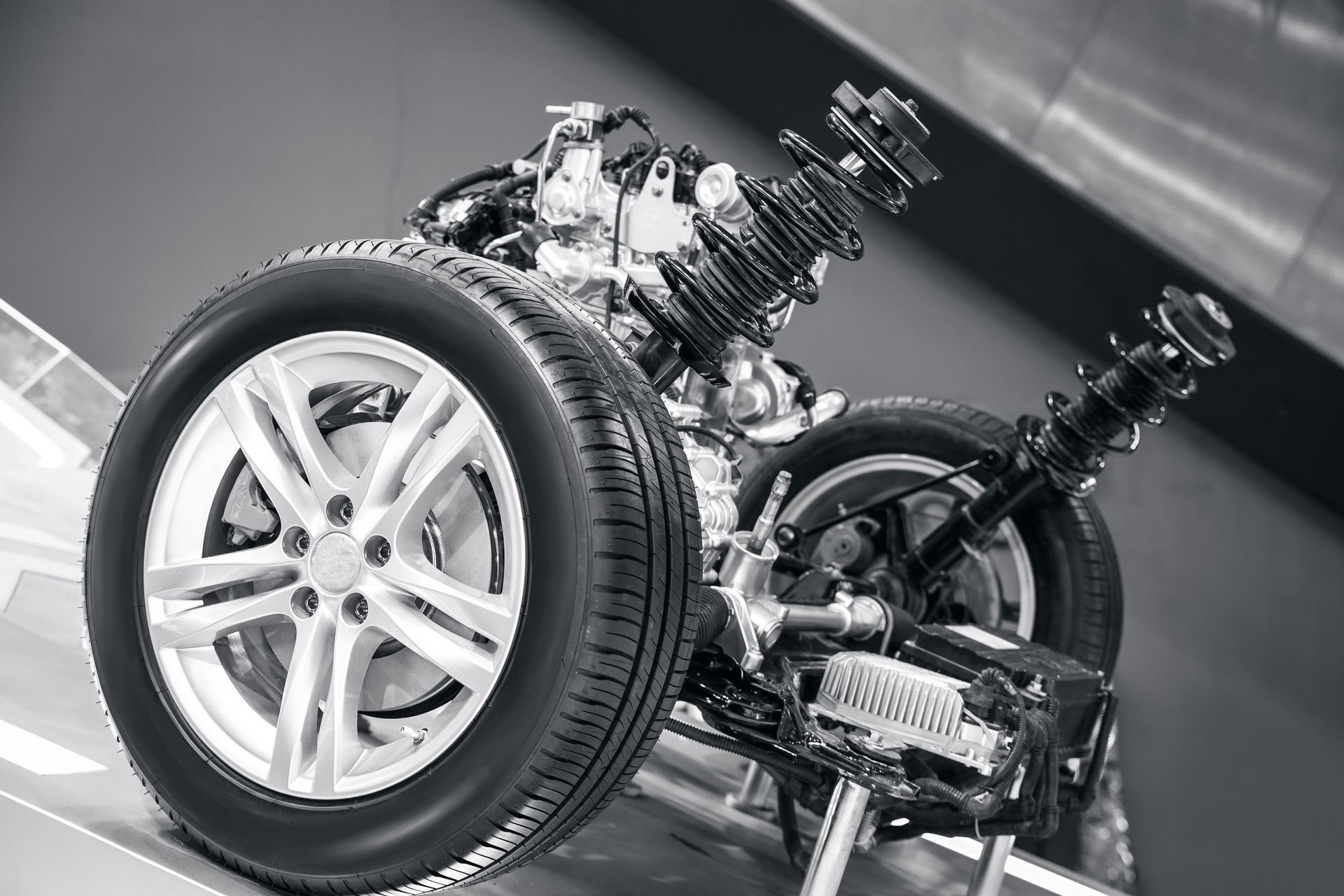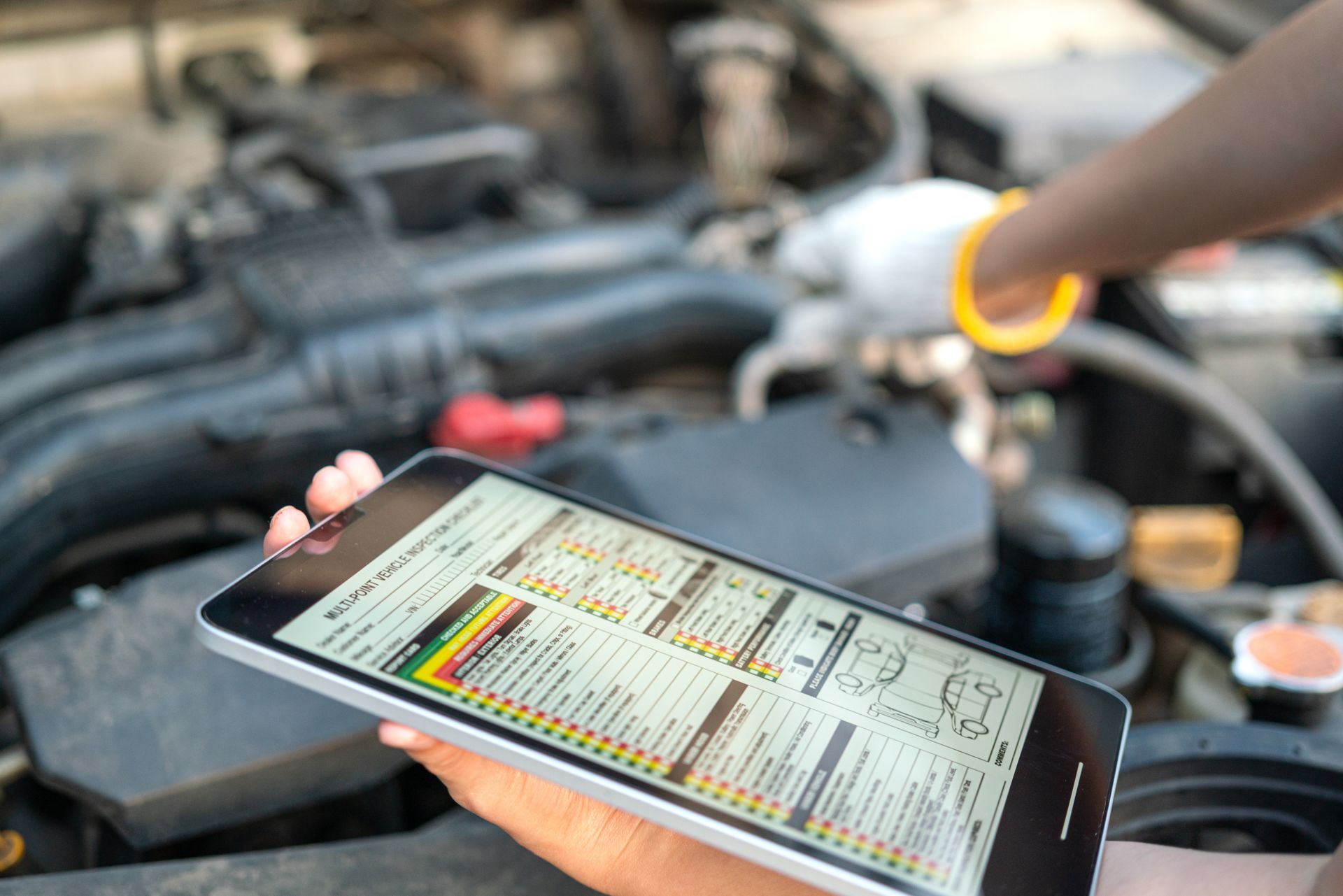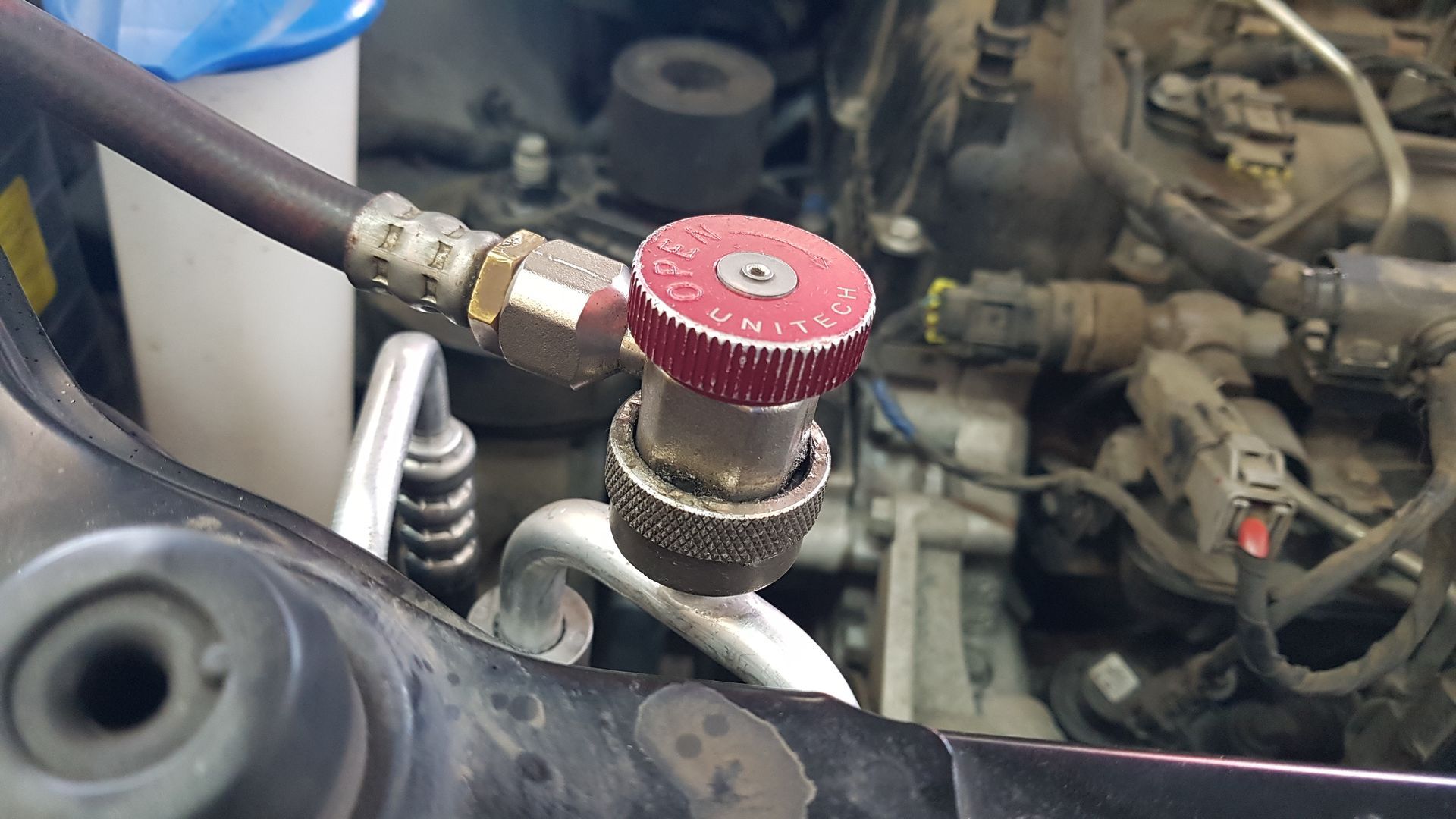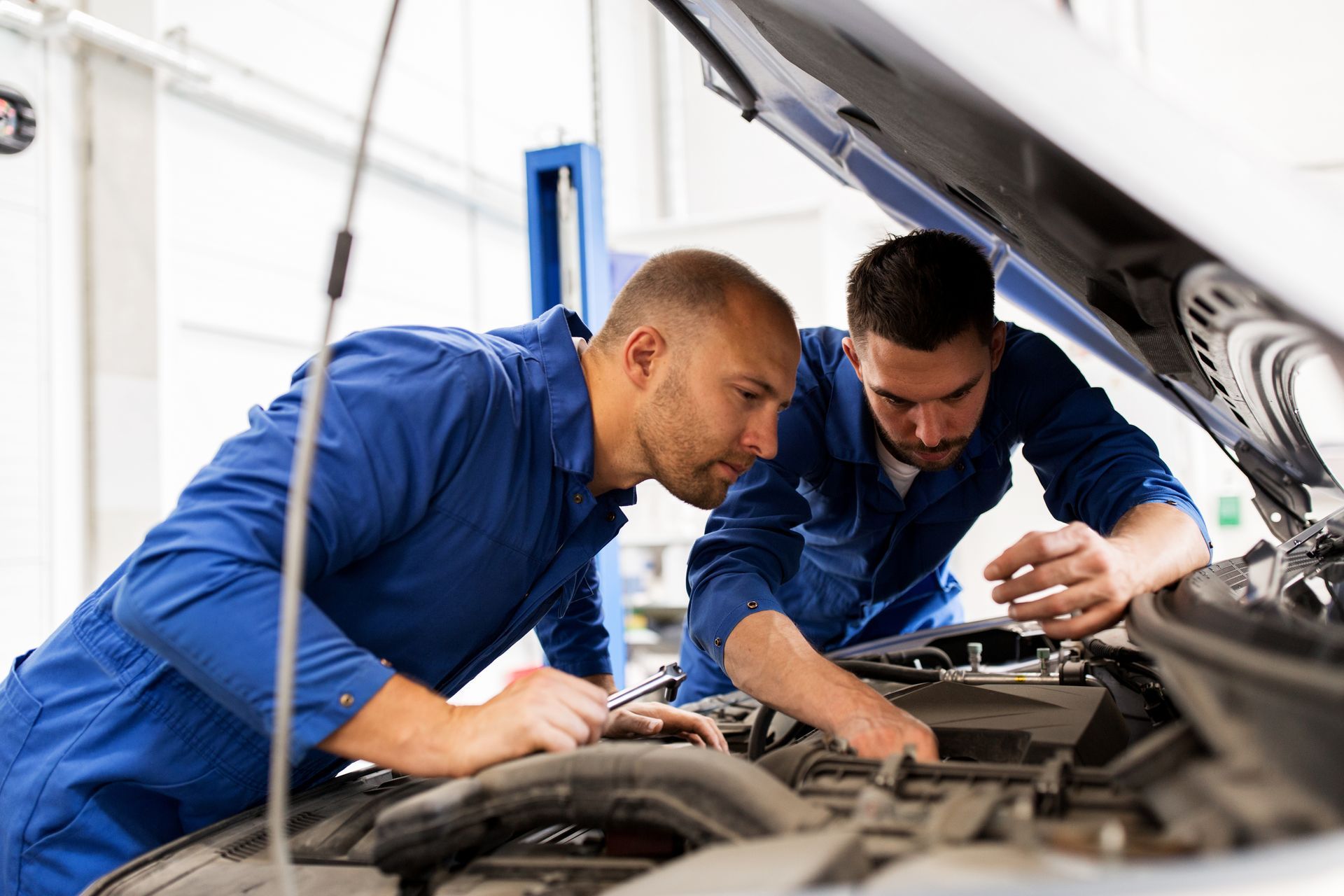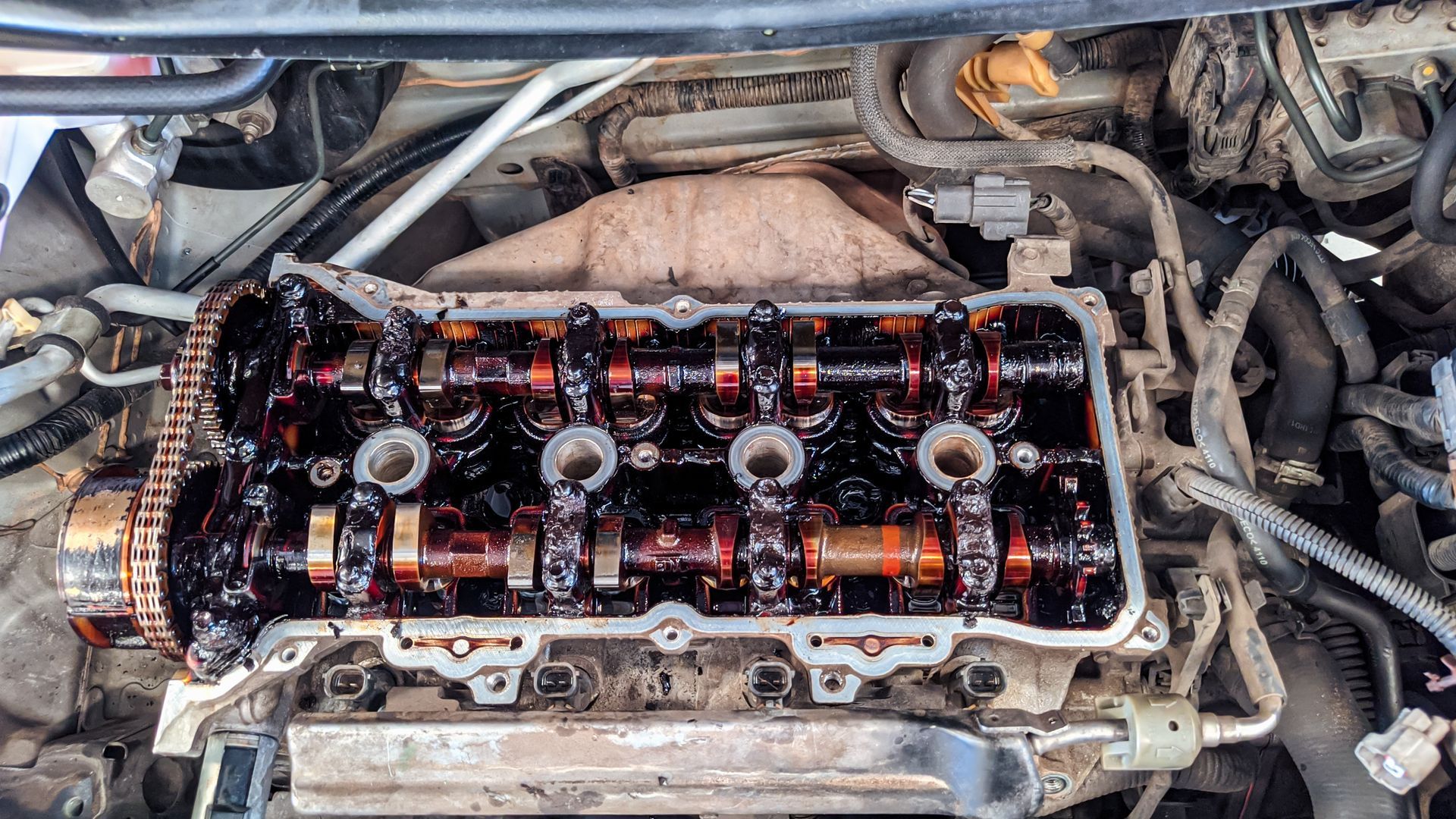We live in a digital age where technology has transformed almost every aspect of our lives. From the way we communicate to how we shop, the digital revolution is hard to miss. But did you know that the same wave of innovation is now reshaping the automotive industry, especially when it comes to car maintenance? Digital inspections—a game-changing approach that’s rapidly becoming the go-to for repair shops and vehicle owners alike. But what exactly are digital inspections, and why are they paving the way for the future of car care?
What Are Digital Inspections
Traditional car inspections have always been a bit of a guessing game for most drivers. You drop off your car, wait for the technician to perform a manual check, and then receive a list of recommendations that may or may not make sense to you. Digital inspections, however, flip that old model on its head. These inspections use tablets, high-resolution cameras, and specialized software to create a comprehensive visual report of your vehicle’s condition.
Instead of vague descriptions and jargon-filled explanations, you receive detailed photos, videos, and even voice notes from the technician. This visual evidence is then shared with you via text or email, allowing you to see exactly what’s going on under the hood. It’s a level of transparency and clarity that traditional inspections simply can’t match, making it easier for car owners to make informed decisions about repairs.
Transparency Matters in Car Maintenance
Most drivers aren’t car experts. You rely on professionals to tell you what needs fixing and when. But how often have you felt unsure or even skeptical about a repair recommendation? Digital inspections are here to change that by putting all the information you need right at your fingertips. When you can actually see what’s wrong with your car through images and videos, it’s much easier to trust the diagnosis. This transparency builds trust between you and your service provider, leading to a better customer experience and peace of mind.
Imagine getting a clear video showing a worn-out brake pad or a leaking hose instead of just taking someone’s word for it. You can see the problem, understand the urgency, and approve or decline the repair with confidence. That’s the power of digital inspections—it puts you in the driver’s seat, figuratively speaking, when it comes to maintaining your car.
Efficiency and Accuracy
When it comes to car maintenance, time is money—literally. The longer a car sits in the shop, the higher the costs can climb, especially if it’s your primary mode of transportation. One of the biggest advantages of digital inspections is their efficiency. Technicians can quickly diagnose issues, document them with precise images, and send a detailed report to the customer, all without the delay of back-and-forth phone calls. This streamlined process not only speeds up the repair timeline but also minimizes misunderstandings and unnecessary repairs.
Digital inspections are not just quicker; they’re more accurate, too. With the help of advanced software, technicians can detect problems that might be missed during a manual inspection. Whether it’s a tiny crack in a hose or uneven tire wear, these systems can flag issues before they turn into costly repairs. By catching problems early, digital inspections can save you from unexpected breakdowns and expensive fixes down the line.
How Digital Inspections Enhance Preventative Maintenance
Preventative maintenance is the best way to extend your car’s lifespan, but it’s easy to overlook when you’re not sure what’s going on under the hood. That’s where digital inspections shine. By providing a detailed, visual snapshot of your vehicle’s health, they make it easier to stay on top of maintenance. You’ll get clear visual cues on what needs attention now and what can wait, helping you plan and budget for repairs without any surprises.
This proactive approach is a game changer for keeping your car in top shape. For instance, a digital inspection might reveal that your battery is showing signs of wear, giving you the heads-up to replace it before you find yourself stranded with a dead engine in the middle of nowhere. It’s like having a crystal ball for your car’s maintenance needs, allowing you to fix minor issues before they become major headaches.
Stay ahead of potential car issues with a thorough digital inspection at
Steveo's Garage. Get the answers you need, backed by photos and videos, so you can drive confidently no matter the season!
